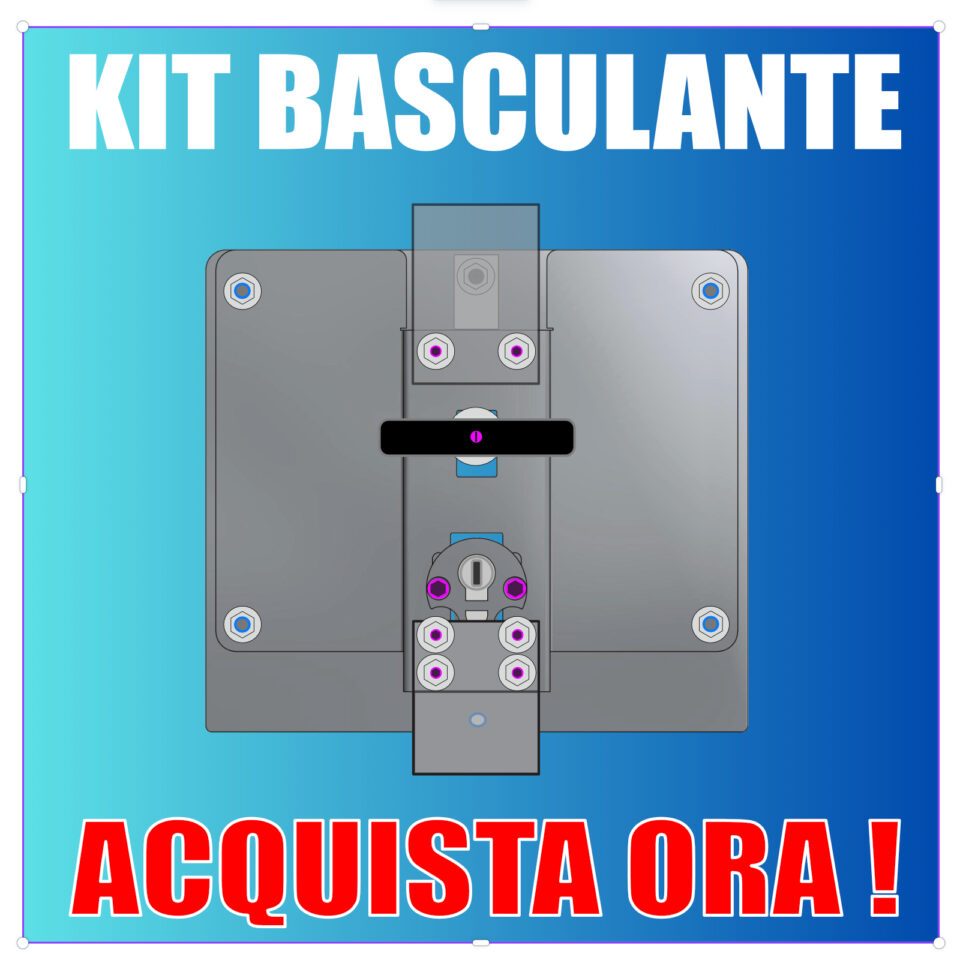Opening locks with acid: Burglary is an unfortunate reality many homeowners face and it is vital we take steps to protect our homes
Burglary and opening locks with acid, defend the lock, the first line of defense
Burglary is an unfortunate reality many homeowners face and it is vital we take proactive steps to protect our homes and loved ones.
When it comes to defending our homes, one of the first lines of defense lies in the locks we rely on to keep intruders out.
However, it is not uncommon for thieves to employ cunning techniques, such as using nitric, hydrochloric and sulfuric acids to open locks quickly and quietly.
This method allows them to bypass traditional locking mechanisms, leaving homeowners vulnerable to theft and burglary.
In light of this growing concern, it’s essential to explore ways we can strengthen our locks and deter potential burglars.
By understanding the vulnerabilities of exposed, unarmored locks and implementing effective countermeasures, we can significantly improve our home security and provide peace of mind for ourselves and our loved ones.
In this article we will delve into the world of lock defense, examining the weaknesses of locks, the use of acid by burglars and exploring the various solutions available to strengthen our first line of defense.
Understanding Burglary and Lock Manipulation
Burglary is a crime that can have devastating consequences for homeowners. Thieves are constantly looking for new ways to enter properties and one such method is the use of acid to dissolve and open locks.
The process involves applying nitric, hydrochloric, or sulfuric acid to the keyhole of a lock, which corrodes the internal workings and allows the thief to work around the lock without a key.
This technique is of particular concern because it can be done quickly and quietly, making detection difficult until it’s too late.
To effectively defend against this type of attack, it is essential to understand the dangers of opening locks with acid and to take adequate measures to strengthen our locks, even if they install a good European cylinder.
This doesn’t mean diverting to electronic locks, it means that a mechanical release is, and will remain, still fundamental in a safety locking system.
The Dangers of Opening Locks with Acid
Opening locks with acid is a technique that has gained popularity among burglars due to its effectiveness and ease of execution.
Nitric, hydrochloric, and sulfuric acids are readily available and can cause severe damage to the internal components of a lock.
When applied to the keyhole, the acid slowly eats away at the metal, weakening the structure and rendering the lock vulnerable to manipulation.
This method is particularly concerning because it leaves no visible signs of forced entry, making it difficult for homeowners to determine if their locks have been tampered with.
Furthermore, the use of acid allows burglars to gain access to properties quickly and quietly, increasing the risk of theft and putting homeowners and their families in danger.
The Importance of Defending Your Locks
Defending our locks against acid attacks is essential for maintaining the security of our homes.
By taking proactive steps to strengthen our locks, we can deter potential burglars and significantly reduce the risk of break-ins.
The first step in defending our locks is to understand the vulnerabilities of different types of locks and the techniques burglars use to manipulate them.
Armed with this knowledge, we can then implement effective countermeasures to fortify our locks and make them resistant to acid attacks. By prioritizing lock defense, we can create a formidable barrier that will discourage burglars and protect our homes and loved ones.
Types of Locks and Their Vulnerabilities
Not all blocks are created equal, and understanding the vulnerabilities of different types of blocks is critical to effective block defense.
Traditional double bit locks, commonly found on residential security doors, are particularly susceptible to acid attack.
The internal components of these locks are made of metal, which is easily corroded by acids.
Conversely, high-security locks, such as those with stainless steel and AISI 316 components or additional security features such as anti-drill plates and anti-burglary mechanisms, offer better resistance to acid attack.
By investing in high-quality locks that are specifically designed to resist tampering, homeowners can significantly improve their defense against locks and protect their properties from burglary.
Strengthening Your Locks Against Acid Attacks
To strengthen our locks against acid attacks, there are several countermeasures we can take. An effective solution is to upgrade to high-security locks designed to resist tampering attempts.
These locks often feature hardened steel components, reinforced keyways, and additional security features that make them more resistant to acid attack.
Additionally, homeowners may consider installing protective measures such as blocking shields, protective armor known as magnetic defenders, or acid-resistant coatings, such as mineral PVC.
These physical barriers create an additional layer of defense, making it more difficult for thieves to access the European cylinder, and other foreign cylinders worldwide, and apply the acid.
Regular maintenance and lubrication of locks can also help prevent acid infiltration and extend the life of the lock.
Locksmith Services for Enhancing Lock Defense
For homeowners seeking professional assistance to improve the defense of their lock, the services of Blindax locksmiths can be invaluable.
The locksmiths at Blindax Serrature Tecnoblinate have the knowledge and skills to assess the vulnerabilities of existing locks and recommend appropriate upgrades or replacements.
They can install high-security locks, with certified magnetic protectors, strengthen weak points, and advise on additional security measures.
Additionally, Blindax Serrature locksmiths can help homeowners maintain their locks by providing regular maintenance services and addressing any issues that may be affecting the security of the locks.
By working with a trusted locksmith, homeowners can ensure that their lock defense is optimized and that their homes are well protected from burglary and lock manipulation, not least from opening locks with acid.
Conclusion: Taking Proactive Steps to Protect Against Lock Manipulation and Burglary
Protecting our homes and loved ones from burglary and lock picking requires a proactive approach.
Understanding the dangers of picking locks with acid and the vulnerabilities of different types of locks is the first step in strengthening our lock defense.
By upgrading to high security locks, installing physical barriers and employing the professional locksmiths at Blindax Serrature, we can significantly improve our home security and deter potential thieves.
Taking these proactive steps not only offers peace of mind, but it also sends a clear message to would-be burglars that our homes are well protected and not worth the risk.
By defending our locks, we defend our first line of defense and guarantee the safety and security of our homes, not least by covering the releases of automations and alarms, where present.
There is always the help of mechanics in front of an electronic device, don’t forget it.





